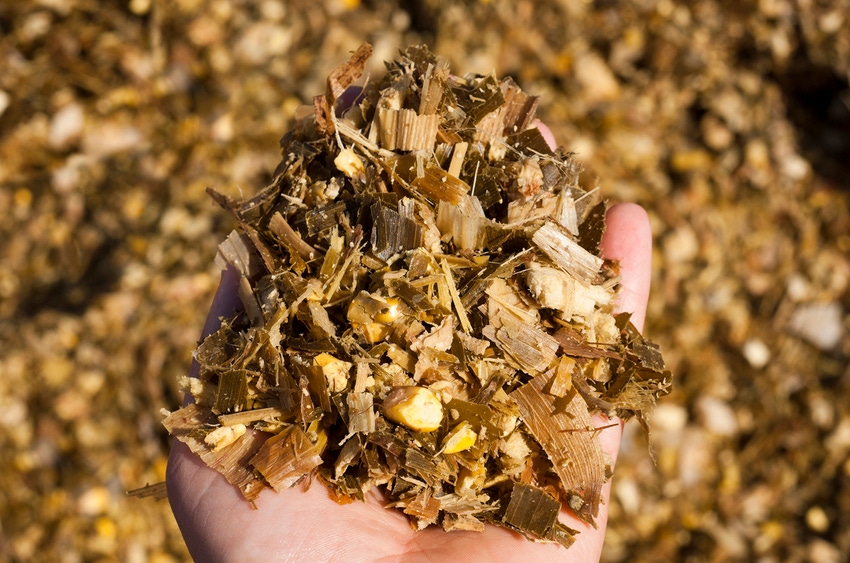Mycotoxins can cause several important herd health and production problems, from reduced feed intake to suppressed immune response.
November 25, 2020

Producers endured multiple challenges during the corn growing and harvesting season this year. Producers may find themselves feeding out newly fermented corn silage and worrying about exposing their herd to higher-than-average levels of molds or mycotoxins, according to Anthony Hall with Lallemand Animal Nutrition.
Mycotoxins are produced by specific molds, which cannot be completely be avoided in the process of growing and storing crops for feed. Harvest conditions are an important factor to assess an operation’s risk of mycotoxin contamination, Hall said. If corn was grown under stressors like drought or weed or insect infestation, the resulting silage will be more susceptible to fungal infestation and could possibly lead to production of mycotoxins, he added.
There will likely be a lower natural population of lactic acid bacteria on the plants, yet this risk can be offset by using a research-proven forage inoculant at ensiling, Hall said.
Understand risks to productivity
Mycotoxins can be the source of several important herd health and production problems, ranging from reduced feed intake to suppressed immune response, Hall pointed out. Ruminants are more resistant to the effects of mycotoxins than monogastric animals like pigs and poultry, but the toxins can disrupt rumen function in important ways. In addition, it can be risky for producers to estimate how much mycotoxin exposure a herd can withstand.
Often, mycotoxin testing is performed after animals exhibit reduced performance or health problems — meaning producers are already dealing with the financial effects, Hall said.
He noted that researchers have found that, when ingested, mycotoxins can cause a buildup of lactic acid, which can result in sub-acute ruminal acidosis (SARA). When SARA occurs, the animal’s ability to use the ration efficiently is impaired and can lead to other more serious health problems, he said.
Maintain optimal rumen function
To avoid these consequences, Hall recommended that producers not feed visibly moldy silage. This solves part of the problem, as mycotoxin content is not necessarily related to the amount of mold seen. If contaminated feed manages to reach the feed bunk, it’s important for animals to have optimal rumen function. Producers can include a research-proven active dry yeast probiotic in the ration to help achieve this goal, Hall said.
Active dry yeast probiotics have a high capacity to increase pH and fiber digestibility in the rumen, according to Hall. Probiotic feed additives can help improve rumen function and increase fiber digestion, which can help avoid reduced production due to several herd health challenges, including mycotoxins.
You May Also Like



